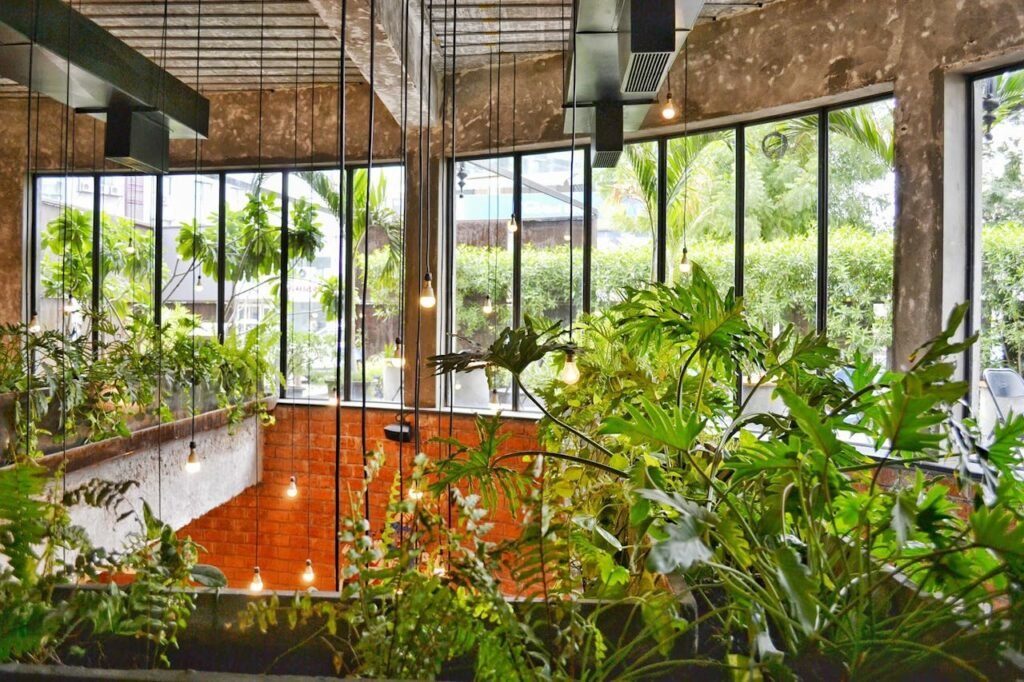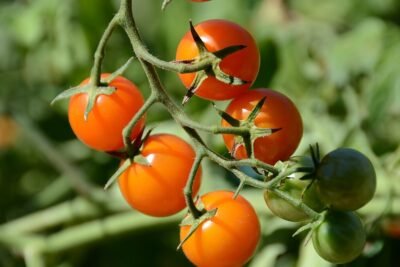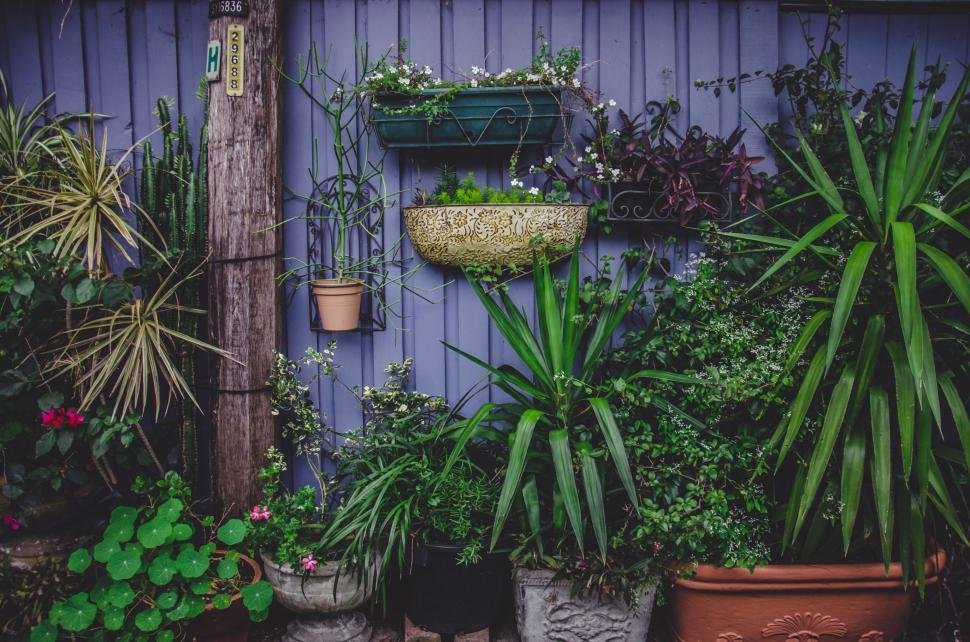
Planting Calendar for Urban Gardens in Tropical Climates

Ever wondered if you're planting your vegetables at the right time of year? In tropical climates, seasons are different from what most gardening books talk about. This means the usual spring planting advice may not work for your balcony garden in a tropical city. But here's the good news: tropical climates let you grow food all year long, if you know when and what to plant. Keep reading to discover a simple month-by-month guide that can make your urban garden thrive, no matter how small your space is.
- Understanding Tropical Climates for Urban Gardening
- January to March: Focus on Leafy Greens
- April to June: Get Ready for Rain
- July to September: Use the Rain to Your Advantage
- October to December: Transition Back to Drier Conditions
- Tips for Keeping a Year-Round Urban Garden in the Tropics
- Create Your Own Planting Calendar
- Final Thoughts
Understanding Tropical Climates for Urban Gardening
Tropical climates have two main seasons: the wet season and the dry season. This is different from the four seasons in temperate climates. Because of the warm temperatures and lots of sunlight, tropical areas can support many vegetables year-round, but knowing which months are best for certain plants helps avoid wasted time and effort.
In most tropical areas, the wet season lasts from May to October, and the dry season runs from November to April. Too much rain can drown plants or cause disease, while too little water can stress young seedlings. That is why planting according to the season makes all the difference.
January to March: Focus on Leafy Greens
During the dry season, when there is less rainfall and more consistent sunshine, it is a great time to plant leafy vegetables that prefer less humidity.
- What to plant: Lettuce, spinach, kale, bok choy, mustard greens
- Why: These crops do well in cooler, drier months and have fewer pests
- Tips: Use containers that allow for good drainage and water early in the morning

April to June: Get Ready for Rain
As the wet season approaches, now is the time to plant crops that love moisture and grow fast. You want them to be strong before heavy rains begin.
- What to plant: Okra, eggplant, peppers, yardlong beans
- Why: These crops thrive in rising humidity and warm soil
- Tips: Add mulch to keep weeds down and protect roots from splashing water
July to September: Use the Rain to Your Advantage
This is the peak of the rainy season. Only grow plants that love water and resist rot.
- What to plant: Taro, kangkong (water spinach), cucumbers, gourds
- Why: These crops can handle heavy rain and grow quickly
- Tips: Make sure your containers have drainage holes, and place them where rain won't flood the roots
October to December: Transition Back to Drier Conditions
As rains slow down, now is a good time to plant crops that like moderate moisture and sunlight.
- What to plant: Tomatoes, carrots, herbs like basil and cilantro
- Why: These plants do well in cooler tropical temperatures and less humidity
- Tips: Start seeds indoors or in a shaded area to protect from late-season rain
Tips for Keeping a Year-Round Urban Garden in the Tropics
Use Raised Containers
Urban gardens in tropical areas often deal with too much water during the wet season. Raised containers keep plant roots dry and avoid waterlogging.
Track the Weather
Even in tropical areas, weather can shift from year to year. Use a simple notebook or garden app to track when you plant and what grows well. Over time, your personal planting calendar becomes more helpful than any online guide.
Choose Local or Adapted Varieties
Plants that are grown locally or sold at local markets are more likely to thrive in your urban tropical garden. These varieties are already used to the heat and rain patterns.
Rotate Crops
Don’t plant the same vegetable in the same pot every season. Rotate crops to keep the soil healthy and reduce pests. For example, plant leafy greens after fruiting plants like tomatoes or peppers.
Use Compost for Healthy Soil
Tropical rains can wash nutrients out of the soil. Add compost every few weeks to replace what your plants need. Healthy soil is key to a productive garden in any climate.

Create Your Own Planting Calendar
Every urban garden is a bit different. Your balcony might get full sun all day, or only in the morning. Some buildings block rain while others get soaked. Use this article as a base and adjust based on what works best for your space.
Make notes each season about what you planted, how it grew, and what you would do differently next time. Over time, you’ll build a planting calendar that fits your own space better than any chart.
Final Thoughts
Urban gardening in tropical climates is full of possibilities. You don’t need a large yard or perfect weather. All you need is the right timing, some smart container choices, and a little patience. Whether you're growing spinach on a balcony or cucumbers on your rooftop, following a planting calendar tuned to your climate will give you better results and fewer failures.
Try planting something new next month based on what you've learned, and keep track of how it grows. Your tropical garden will reward you with fresh food and a satisfying hobby all year long.
If you want to see other articles similar to Planting Calendar for Urban Gardens in Tropical Climates you can visit the category Urban Gardening.




Leave a Reply